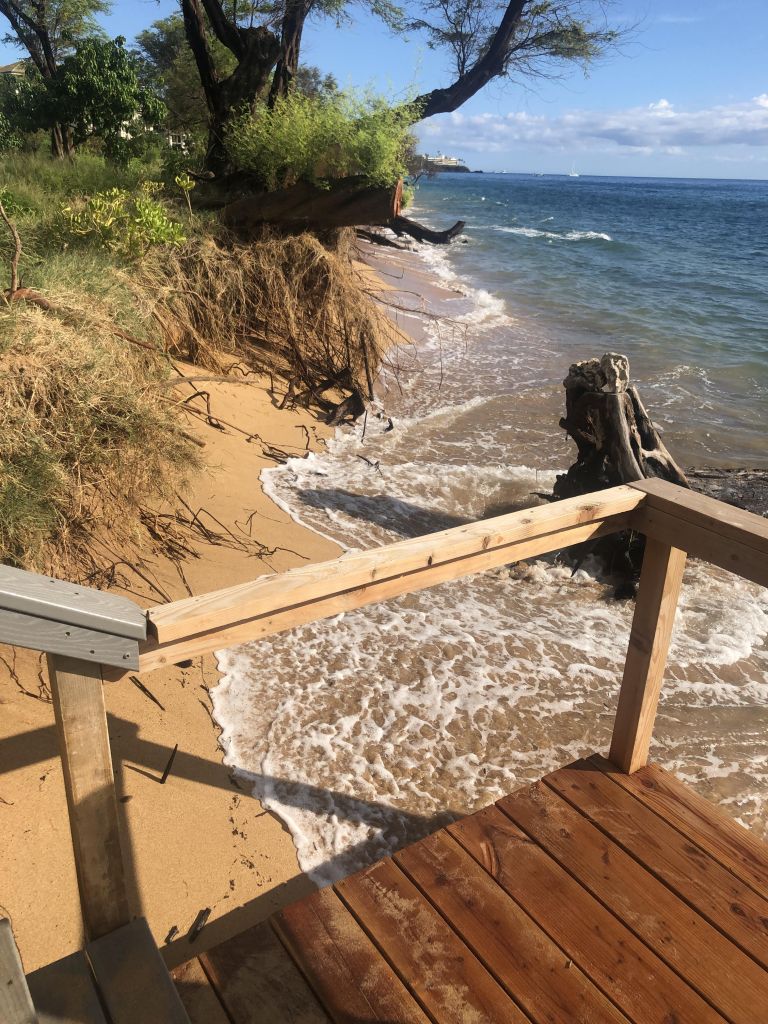PI-CASC deputy director argues for science-based decision making

PI-CASC University Consortium Deputy Director Brad Romine recently contributed to an editorial published in the Star Advertiser, the largest daily newspaper for Oʻahu and Hawaiʻi. Along with Hawaiʻi Sea Grant extension agents Dolan Eversole and Tara Owens, Romine addressed the critical importance of using sea-level rise projections in future planning throughout the state and using reliable, science-based, unbiased assessments for decision making and adaptation planning.
After noting the general agreement among global and national scientific sources of the information (IPCC, NOAA, NASA, and USGS), they discuss the current projections for sea-level rise in Hawaiʻi and point to the 2017 State Sea Level Rise Vulnerability and Adaptation Report, which Romine was instrumental in creating with PI-CASC contributing funding, as a key planning resource.
Seventy percent of Hawaiʻi shorelines are already experiencing erosion due in-part to rising tides, and sea-level projections for the Hawaiian Islands suggest levels higher than global average by the end of the century. Romine, Eversole, and Owens ague that taking these robust intergovernmental projections into account for future planning is critical.
Read the letter here, if you have a Star-Advertiser account.

